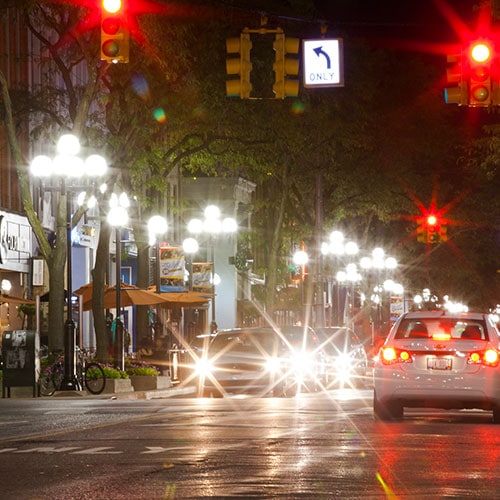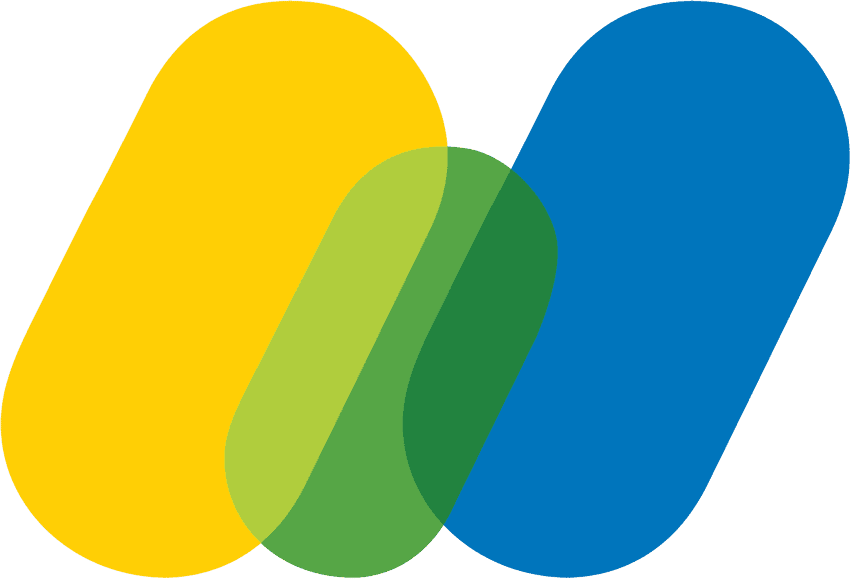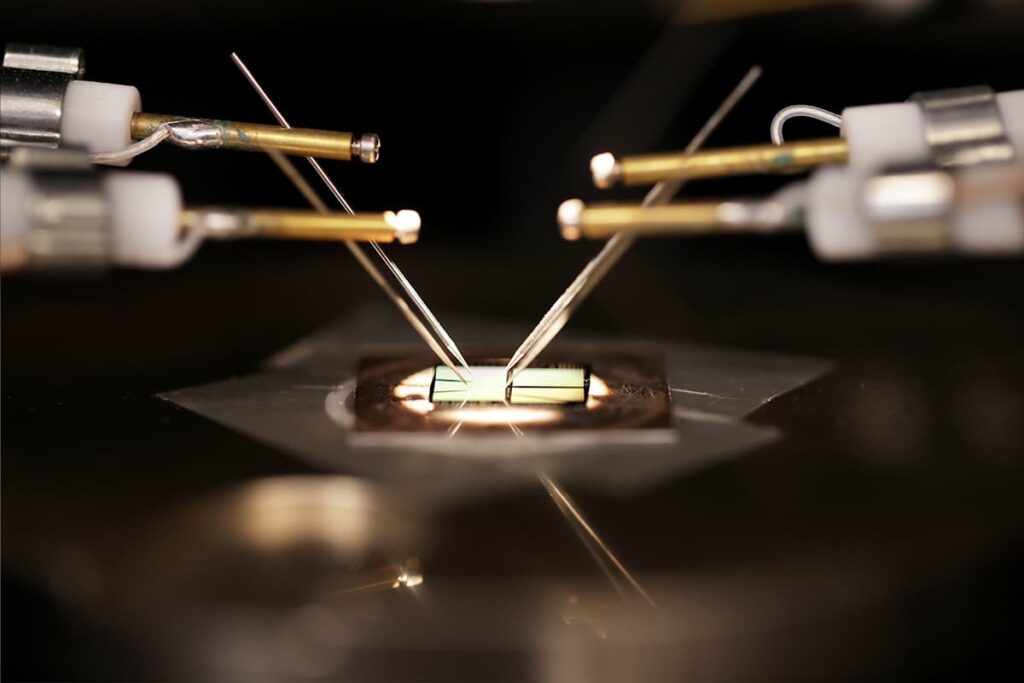
Mobility at Michigan
REImagining the future of transportation
The University of Michigan is bringing together transportation and mobility expertise across campus and beyond to chart a path for continued U.S. leadership and build a future that’s safe, resilient and secure.
Research 2018-2023
$601M+
Startups 2014-2023
20
RESEARCHERS
120+

SAFE
Injuries and deaths on U.S. roads remain high. To reduce them, we’re working on vehicle-to-everything (V2X) connectivity and autonomy, plus vehicle and infrastructure design that considers pedestrians and cyclists in addition to vehicle occupants.

RESILIENT
Our multi-pronged approach to a resilient transportation sector includes EVs, low-carbon fuels, recyclability and connectivity, and we’re exploring social aspects of technology adoption and transportation systems.

SECURE
Mobility technologies and systems underpin U.S. prosperity at home and defense abroad. Amid today’s geopolitical instability, the nation must maintain leadership. We’re advancing autonomy, human-autonomy teaming, modeling and simulation, and onshoring of key supply chains.

Our Vision
Mobility drives a thriving society. It upholds individual quality of life, a strong economy and a secure nation. But we’re at a turning point in transportation that rivals the dawn of the affordable automobile, built in Michigan more than 100 years ago. The technologies and systems that served us for decades must evolve to address today’s urgent challenges.
The Mobility at Michigan initiative brings together researchers and educators from across U-M and beyond to reimagine the future of transportation. It was launched in 2023 by five Michigan Engineering mobility organizations that together possess 160 years of national leadership.

Mobility at Michigan’s goals
Facilitate a broad-based, integrated approach to solving today’s complex transportation challenges and building a future that’s safe, resilient and secure.
Cultivate an ecosystem of innovation that breaks down silos and advances mobility as a whole system, integrating research, education and workforce development, and public engagement.
Accelerate thoughtful advancement in technologies such as autonomy, electrification, low-carbon fuels, connectivity, and modeling and simulation.
Latest News

June 12, 2025
Michigan Engineers are leading hardware efforts to enable the AI required for full autonomy.

March 14, 2025
The 25,000-square-foot addition will include three battery laboratories, auxiliary support areas, a substation and a facility for battery cell testing, among other capabilities.

February 27, 2025
As the U-M Transportation Research Institute (UMTRI) turns 60, it expands to include Mcity and fast-track AV technologies as the next frontier in roadway safety.

November 1, 2024
‘There’s an intellectual milieu and an enthusiasm that’s palpable.’
Founding Organizations

Mcity
With a next-generation proving ground for connected and automated vehicles, an AI data engine and mixed-reality, remote testing capabilities, Mcity is enabling the safe rollout of emerging mobility solutions. Beyond facilities and tools, the interdisciplinary public-private partnership offers student programs, funds research and belongs to the Accessible Mobility Collaborative. Founded in 2013, its test facility was the world’s first purpose-built proving ground for connected and automated vehicles.

U-M Transportation Research Institute (UMTRI)
Transportation safety practices and policies around the globe are informed by UMTRI’s research. For 60 years, it has led in crash and driving data analysis, driver behavior, injury biomechanics and ergonomics, occupant restraint systems and traffic modeling. Today it operates the Ann Arbor Connected Environment 2.0, which has amassed the world’s largest set of vehicle-to-vehicle (V2V) data from 2.5 million hours of real-world driving. Founded in 1965, UMTRI’s primary funders are the federal and state governments.

Electric Vehicle Center (EVC)
Guided by an industry-driven roadmap, the EV Center aims to accelerate electric vehicle technology, education, and workforce development to meet needs in Michigan and beyond. Its soon-to-be-expanded Battery Lab was the nation’s first university-based pilot line in 2015 and is the only one in the heart of the auto industry. The EVC was founded in 2022 with $130 million from the state of Michigan.

Automotive Research Center (ARC)
As a US Army Center of Excellence, ARC develops cutting-edge modeling and simulation tools to advance autonomous ground vehicle systems for the military and commercial sectors. It brings together researchers in engineering, machine learning, human factors, psychology and beyond from 14 universities, four government agencies and 34 industry partners. Founded in 1994, ARC was renewed in 2024 for five years and up to $100 million.

Lay Auto Lab
Improving car and truck propulsion technologies is the primary focus of the Walter E. Lay Automotive Engineering Lab. In its 19 specialized test bays, researchers study engine efficiency, hybrid powertrains, low-carbon fuels, battery diagnostics, emissions and more. While the lab opened in 1957, its roots can be traced to the early 1900s. A renovation will soon expand its battery capabilities for EV, grid, building and micro-mobility applications.
Timeline of impact
2024
–
From research lab to roads
U-M startup May Mobility, which operates eight AV deployments in the US and Japan, is named to Fast Company’s Most Innovative Companies list.
2023
–
Driving EV tech and talent
The state of Michigan invests $130M to establish the U-M Electric Vehicle Center to accelerate EV innovation, education and workforce development.
2023
–
Advancing active safety
Based on UMTRI research, GM makes 5 active safety features standard on most 2023 vehicles. This includes systems that reduce crashes involving pedestrians and cyclists.
2022
–
Global security standards
NATO relies on ARC research to update its standard on modeling and simulation of autonomous ground vehicles for its 32 member nations.
2018
–
Driverless shuttle springboard
Mcity’s Driverless Shuttle becomes the nation’s first AV shuttle research project on user behavior. It led to partnerships with May Mobility on trial deployments in Ann Arbor and Detroit.
2015
–
First-of-its-kind AV test track
Mcity’s test facility opens as the world’s first purpose-built proving ground for testing the performance and safety of connected and automated vehicles.
2015
–
‘Open innovation’ Battery Lab
U-M establishes the nation’s first university-based pilot line, an IP-protected environment for industry and academic researchers to prototype, test and scale up battery technologies.
2013
–
Improving prototype design
ARC design optimization work leads to start-up RAMDO Solutions, whose software improves simulations for military and commercial clients, reducing model error by up to 98%.
2012
–
World’s largest connectivity pilot
2,800 drivers traveled 71M miles in the world’s first large-scale connected vehicle deployment. UMTRI’s Safety Pilot showed connected vehicles can reduce unimpaired crashes by 80%.
1989
–
Improving engine efficiency
A Lay Auto Lab partnership with GM supported its development of direct injection spark ignition engine technology, which boosted fuel economy by 25% and reduced carbon emissions.
1985
–
Crash test dummy designs
UMTRI publishes a landmark study of driver body shape and posture, “Anthropometry of motor vehicle occupants.” It still provides the design basis for adult-sized crash test dummies.
1980s
–
Child safety seat standards
The LATCH system for child safety seat installation is born out of UMTRI’s work on occupant restraint.
1970
–
Measuring emissions
Lay Auto Lab researchers conducted pivotal investigations into fuel efficiency and vehicle emissions.
Email with questions or just to introduce yourself